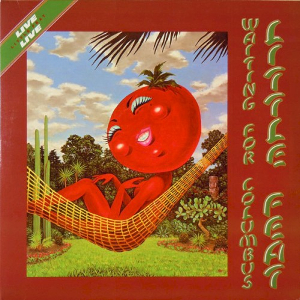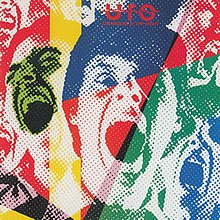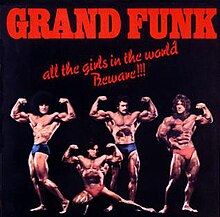
View the Premise & Ground Rules for Revisiting Vinyl.
"Half of the time we're gone, but we don't know where."
My Overall Rating of the Tracks Separately:
REQUIRED LISTENING (4/4 stars): Seriously, if you haven't heard every track on this record, you owe it to yourself to check them out.
- Somewhat ironically, the actual bridge ("Sail on silver girl...") of Bridge over Troubled Water is what really elevates the song.
- El Condor Pasa is Peruvian folk music at its finest.
- Cecilia is one of the first ever songs to use sampling, and it's almost impossible not to sing along to.
- So Long, Frank Lloyd Wright is the best song ever about an architect, but my friend Mike's tune Mies van der Rohe deserves a highly honorable mention.
- My estimation of Bob Dylan dropped several notches when I learned that he thought The Boxer was terrible.
- How did something as raw as The Only Living Boy in New York end up in a car commercial?! I have fallen back on this song countless times - always due to some sort of loss - and it has never let me down.
- Just go listen to Song for the Asking. I can't give you any clever reason. Just do it - you'll be glad you did. It summarizes "BOTW" in less than two minutes better than I could ever hope to do.
I have listened to "Bridge over Troubled Water" literally dozens of times. Before I revisited it, I started making notes about how disjointed it is and how it can't hold a candle to "Bookends." It was all very clever - and total bullshit. Because this time around, something clicked, and all the songs coalesced into a feeling more than I had ever felt before with this record. Maybe it's because it's been several years since I listened to "BOTW" and I have matured (somewhat); maybe it's because I just had an in-body experience; maybe it's because I finally paid it the attention it deserves. I really can't answer the why. All I can say is that I finally realize two things: (1) I'm an idiot for not grasping what it's saying sooner and (2) "Bookends" is clearly the "Songs of Innocence" to "BOTW"'s "Songs of Experience."
"BOTW" tries desperately to find the beauty, humor and (most importantly) the dignity in loss. It's emblematic of the turmoil, not only of the times, but also of the musicians who had been together almost a dozen years and were about to go their separate ways. Even the live cover of Bye Bye Love (which I had always thought was grossly out of place) speaks poignantly in the context of what's going on around it.
So, is it an album? Yes. My answer yesterday would have been "no." Today, my answer is that it's an incredible theme album.
Up next, the debut from Bad Company titled "Bad Company," featuring their hit song Bad Company.







